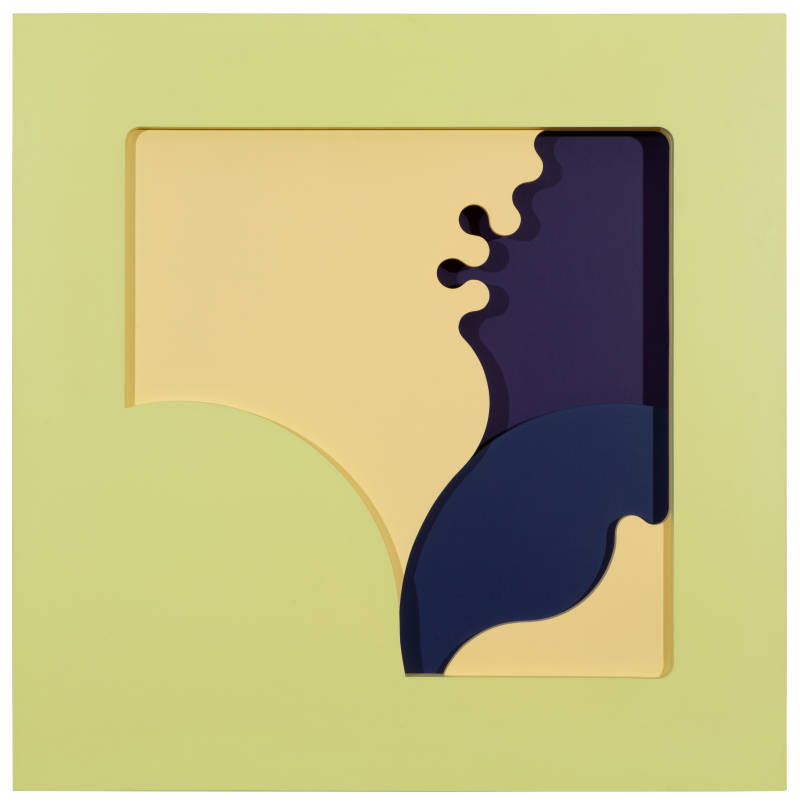
Karl Gerstner
Algo Rhythmus Serie PG/A, 1999
nitrocellulose lacquer on wooden relief
80 x 80cm
About Karl Gerstner
Karl Gerstner, born in Basel, was a theorist, graphic artist, painter and author. As graphic designer and co-founder of the internationally operating advertising agencies "Gerstner + Kutter", later "GGK", he is one of the protagonists of successful Swiss graphic design. As an author, Gerstner has written numerous articles and books on art, such as the classic of the design theory "Compendium for Alphabets. Systematics of Scripture" in 1972. As a theorist, his writing "Kalte Kunst? Zum Standort der heutigen Malerei ", 1957. Gerstner's art is a research carried out in his studio, his laboratory, based on two pillars: the search for pictorial systems and the study of color effects. Gerstner conceives whole image systems beyond the individual work, but the involvement of the viewer is also of central importance in his works. Furthermore, the changeability of the image, whether mechanical or optical, played an essential role in Gerstner's work since the exchange of Op Art and kinetic art in the 1960s.
The systematic division of his work into chapters began in the 1950s with "Aperspektiven" and "Reihenbildern", including the work "Progressive Penetration", black and white, 1960. Gerstner is a leading representative of "Concrete Art", which was popularized by Joseph Albers and Max Bill and deals intensively with the Zurich Concrete Art. Based on Gerstner's analysis of concrete works, which for him are transparent and coherent in their formal structure, but do not correlate with colour, he wanted to create constructive images in which form and colour form a unity. The forms were formed from equal intervals in number and the colours from equal intervals in perception. In consistent development of serial principles, he then turned primarily to colour and its effect with the groups of works of "Color Sounds", "Color Lines" and "Color Forms".
INQUIRE